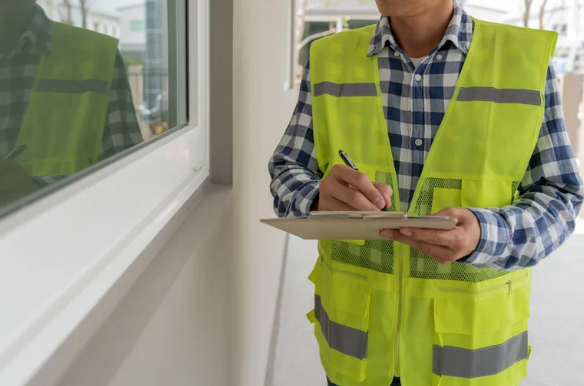High school engineering projects are a great way for students to learn about the principles behind machines and design cool devices. These projects can help students gain hands-on experience with mechanical engineering experiments, while also exploring classic and cutting-edge high school science investigations. With the right guidance and resources, high school students can tackle a variety of engineering challenges that will prepare them for future careers in the field.
One of the key benefits of high school engineering projects is that they allow students to apply what they have learned in the classroom to real-world problems. By working on projects that require them to innovate, build, troubleshoot, and iterate, students can develop critical thinking, problem-solving, and teamwork skills. These projects can also help students discover their passions and interests in engineering, which can guide their future academic and career choices.
Whether students are interested in aerospace engineering, civil engineering, mechanical engineering, or another field, there are plenty of high school engineering projects to choose from. From designing and constructing roller coasters to launching paper airplanes to new heights, these projects offer a fun and engaging way for students to explore the world of engineering.

Project Planning and Design
Identifying Project Goals
The first step in planning a high school engineering project is to identify the goals of the project. This involves brainstorming ideas and selecting a project that aligns with the students’ interests and abilities. The project should also have clear goals that can be achieved within the given time frame. It is important to define the project goals early on so that the project stays on track and does not deviate from the original plan.
Research and Conceptualization
Once the project goals have been identified, the next step is to conduct research and conceptualize the project. This involves gathering information on the topic and developing a plan for how the project will be executed. This step may include creating sketches or diagrams to help visualize the project. It is important to thoroughly research the project before moving forward with the design phase.
Materials and Budgeting
After the project has been conceptualized, the next step is to determine the materials needed and create a budget. This involves researching the cost of materials and determining how much of each material is needed. Students should also consider any tools or equipment that may be necessary to complete the project. It is important to create a budget to ensure that the project stays within the available resources.
Safety Considerations
Safety is a critical consideration when planning a high school engineering project. Students should identify potential hazards and develop a plan to mitigate them. This may involve using personal protective equipment, such as safety glasses or gloves, or implementing safety protocols to prevent accidents. It is important to prioritize safety throughout the project planning and design process to ensure that everyone involved remains safe.
Project Implementation and Analysis
Construction and Fabrication
The first step in implementing an engineering project is to construct and fabricate the design. This involves using various materials and tools to build the physical prototype of the project. High school students can use simple materials like paper and recycled cardboard to create their prototypes. They can also use 3D printers and laser cutters to create more complex designs. During this phase, students must ensure that they follow the design specifications and make any necessary adjustments.
Testing and Troubleshooting
After the construction and fabrication phase, students must test their prototypes to ensure that they function as intended. This involves troubleshooting any problems and making any necessary modifications to the design. High school students can use various testing methods like simulation software, wind tunnels, and water tanks to test their prototypes. They must also record their observations and make any necessary adjustments to the design.
Data Collection and Analysis
Once the testing phase is complete, students must collect and analyze data to evaluate the performance of their prototypes. High school students can use various tools like sensors, data loggers, and computer software to collect and analyze data. They must also use statistical methods to interpret the data and draw conclusions about the performance of their prototypes.
Presentation and Documentation
Finally, students must present their projects and document their work. This involves creating a report that includes the design specifications, testing results, and data analysis. High school students can use various tools like PowerPoint, Prezi, and Google Slides to create their presentations. They must also ensure that their documentation is clear, concise, and well-organized.
In conclusion, the implementation and analysis of an engineering project involves several phases, including construction and fabrication, testing and troubleshooting, data collection and analysis, and presentation and documentation. High school students must follow each phase carefully and ensure that they make any necessary adjustments to their designs. By doing so, they can create successful engineering projects that demonstrate their knowledge and skills in the field.
Also Read :
- Software Engineering Projects: Tips and Best Practices
- Data Engineering Projects: Examples and Best Practices
- Engineering Projects for Kids: Fun and Educational Activities to Inspire Future Engineers
- Mechanical Engineering Projects: Innovative Ideas for Your Next Project
- Electrical Engineering Projects: Innovative Ideas for Your Next Assignment
1 thought on “High School Engineering Projects: Ideas and Tips for Success”